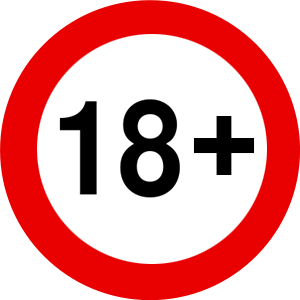You must be 18+ to visit this website
The content on this website is AGE RESTRICTED

Please confirm you are at least 18 years old of age. Otherwise leave the website.

18+
vixel
is creating furry games and artsy silliness! :}
Creator Stats
107 posts
Goals
$0.00 of $450
per month
I'll make a poll and do a 2D animation every month on whatever topic has the most votes! ^.^
$0.00 of $900
per month
I'll make a poll and program a standalone minigame every quarter (i.e. every three months) on whatever topic has the most votes! ^.^
Other Creators
Lightning Rooster Productions
I make Out of Touch and Tropicali!
MrDots Games
Hi! Welcome to our SubscribeStar page. We're a team dedicated to creating Visual Novels. We like to create stories that focus on romance, slow build, and character development. Discord Link: https://discord.gg/DKhZGFr
TeacupAudio
VA. N/SFW Audio Role-plays
MattisGames
Hello there! Here I go again, yours truly, to make awesome hentai games to your liking and for the Greater Sexy Cause! Onward to glory and bouncing titties!!
Firebox Studio
is creating high quality 3D NSFW images, GIF's & episodes for 18+ audience.




Starcling, LLC, 30 N Gould St, Ste 5085, Sheridan, WY, 82801, US
All copyrights belong to their respective owners. Images and text owned by other copyright holders are used here under the guidelines of the Fair Use provisions of United States Copyright Law.
© 2025 SubscribeStar.adult.
All copyrights belong to their respective owners. Images and text owned by other copyright holders are used here under the guidelines of the Fair Use provisions of United States Copyright Law.
© 2025 SubscribeStar.adult.
WE USE COOKIES
SubscribeStar and its trusted third parties collect browsing information as specified in the Privacy Policy and use cookies or similar technologies for analysis and technical purposes and, with your consent, for functionality, experience, and measurement as specified in the Cookies Policy.
